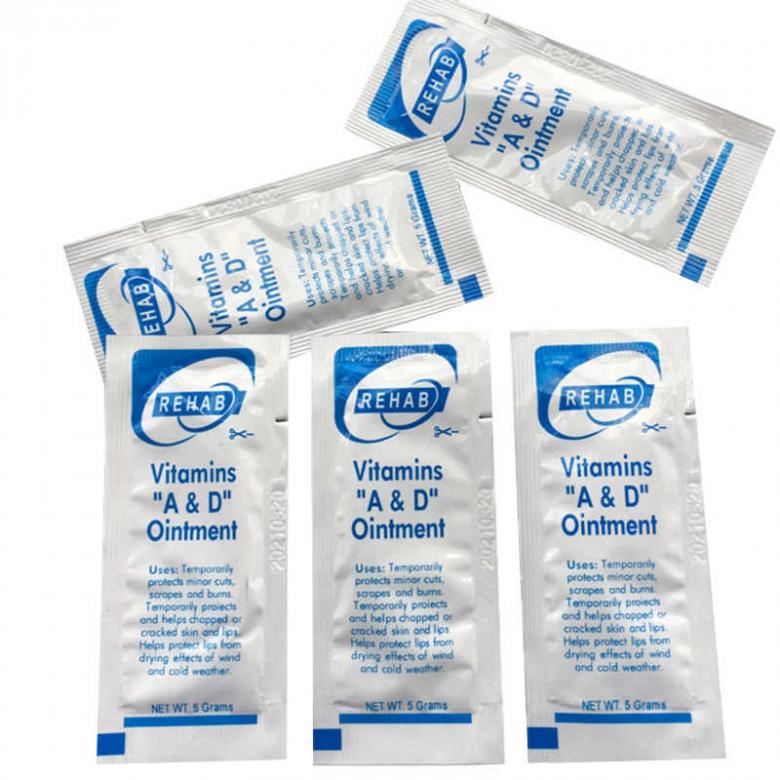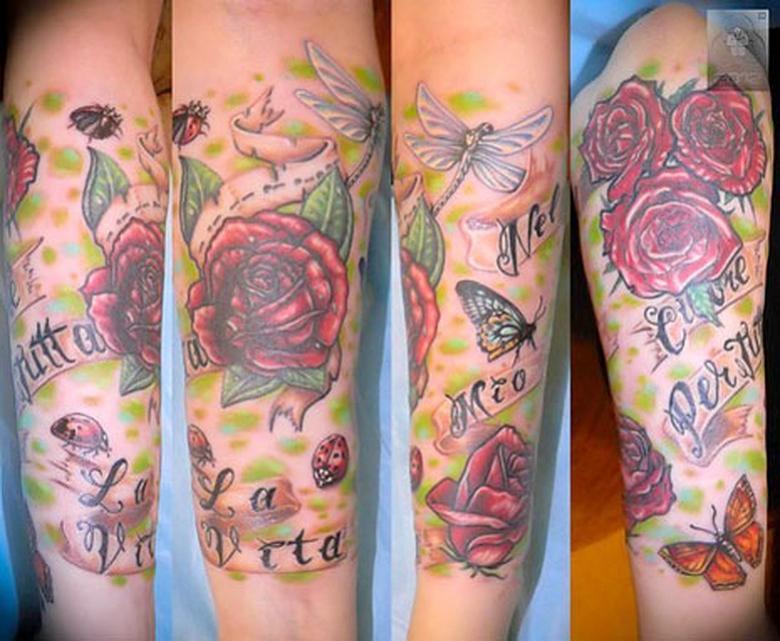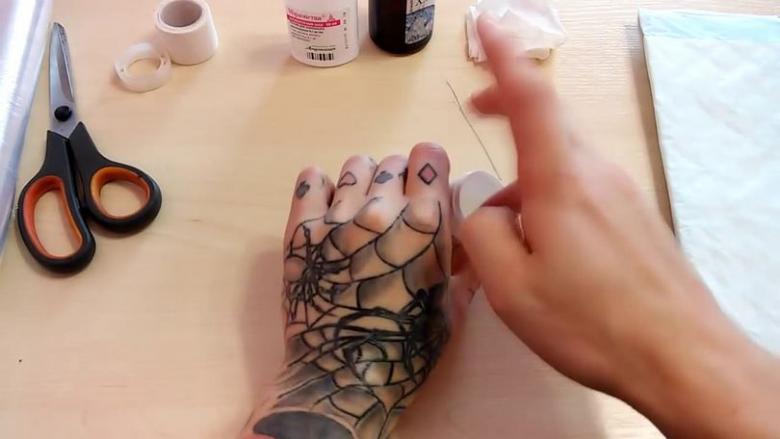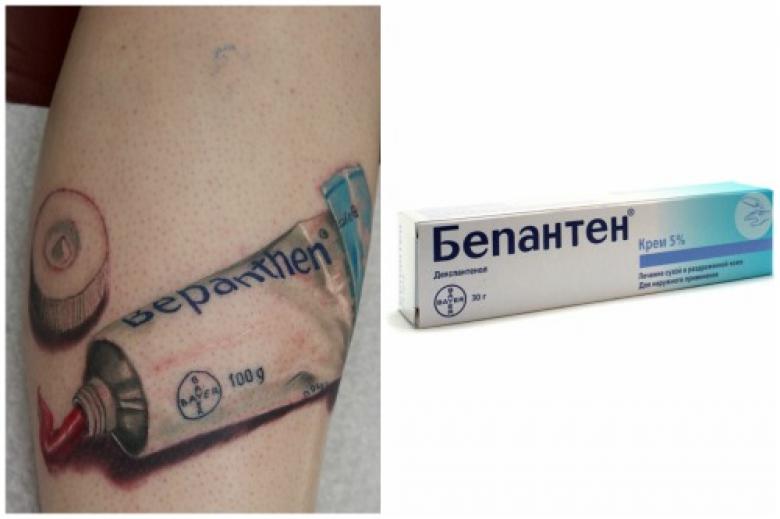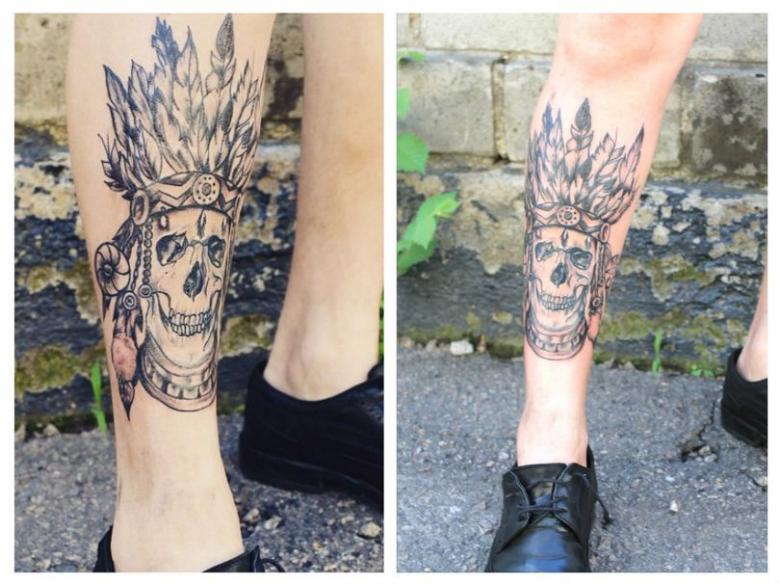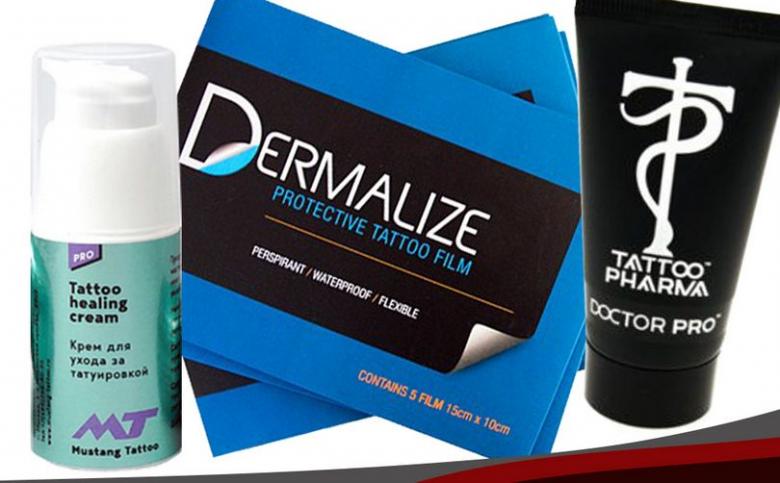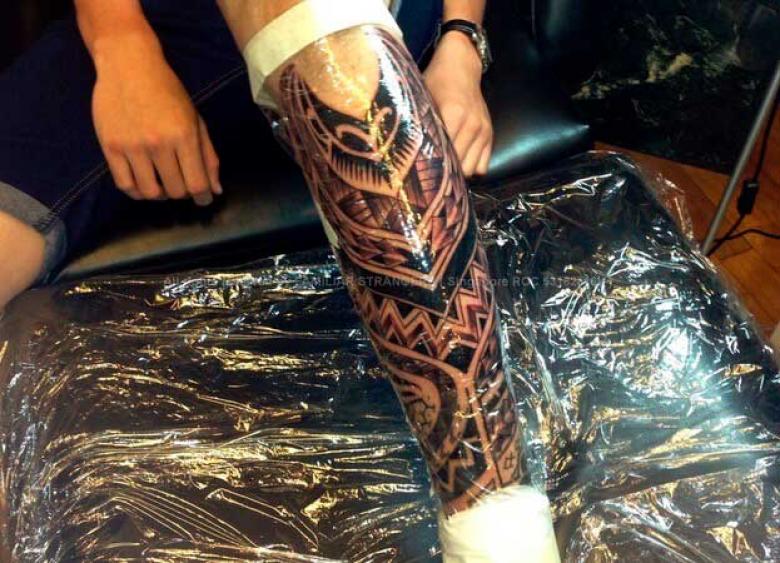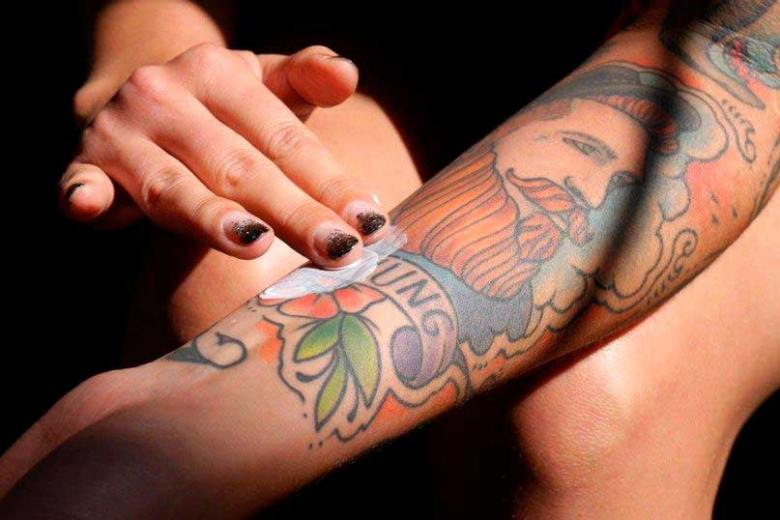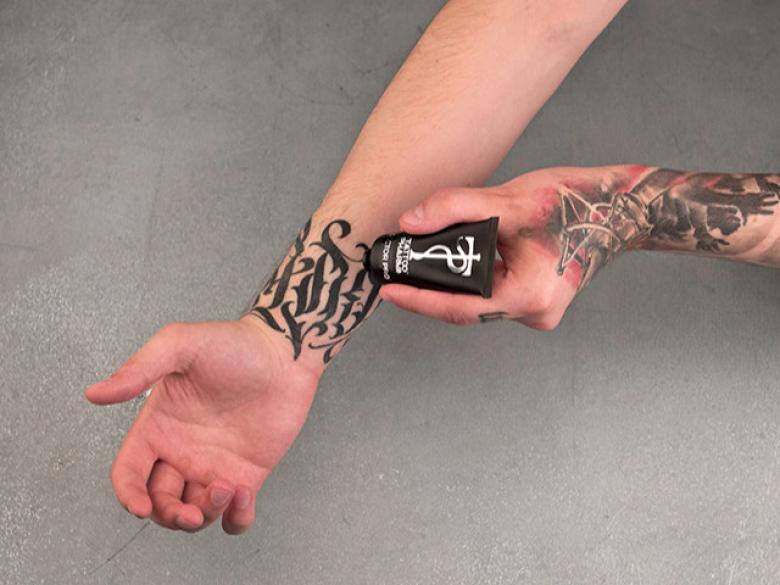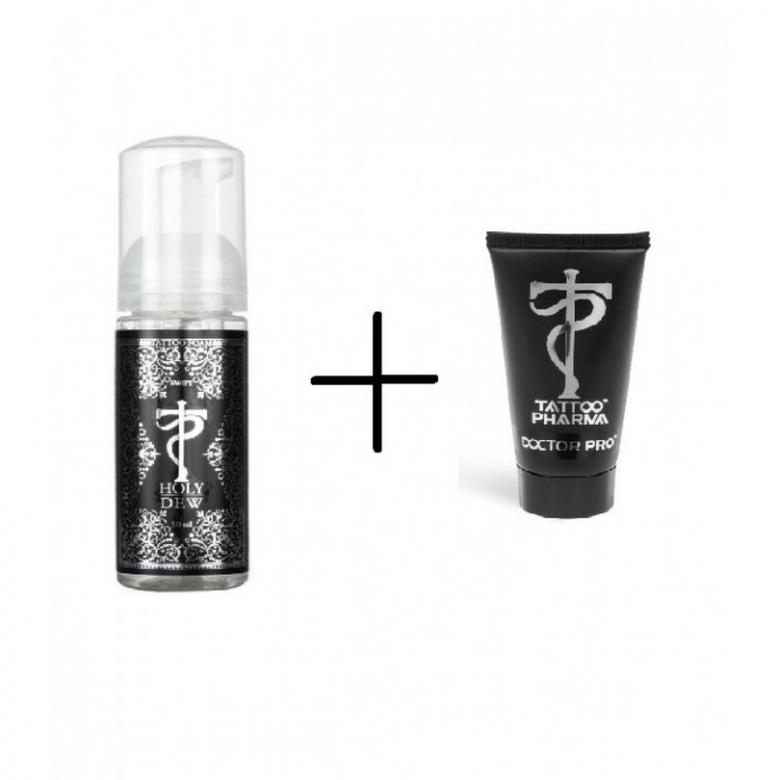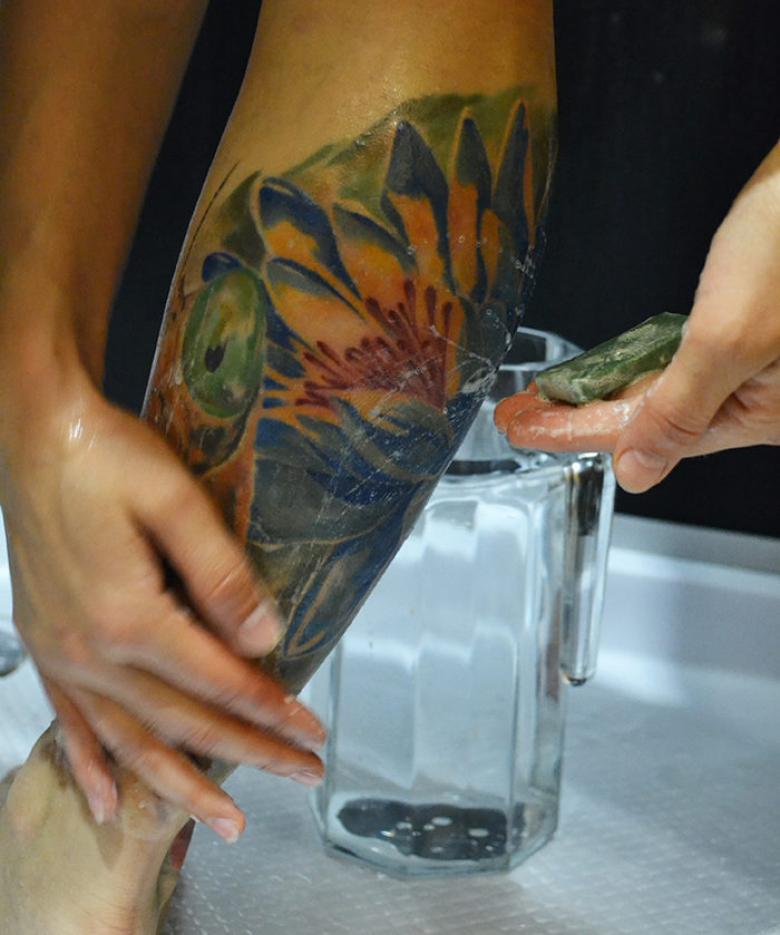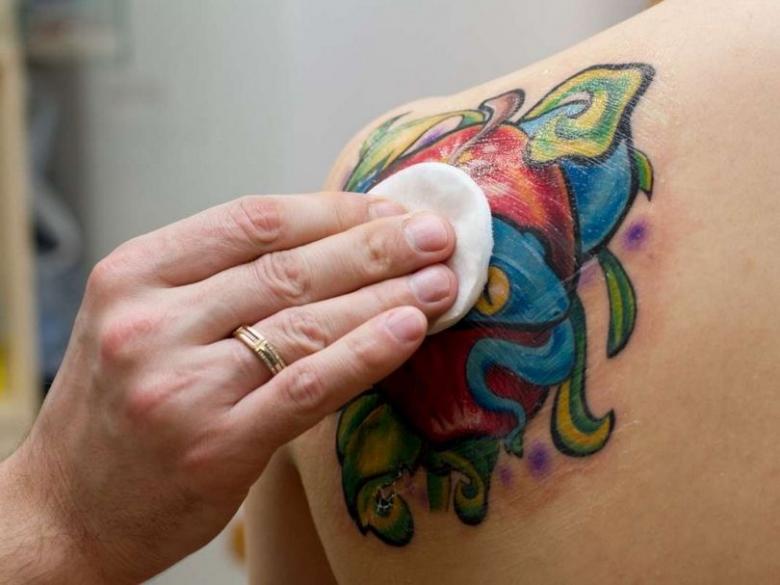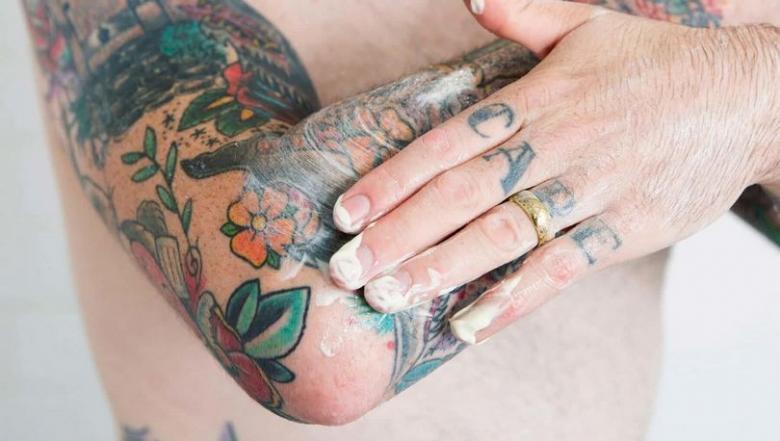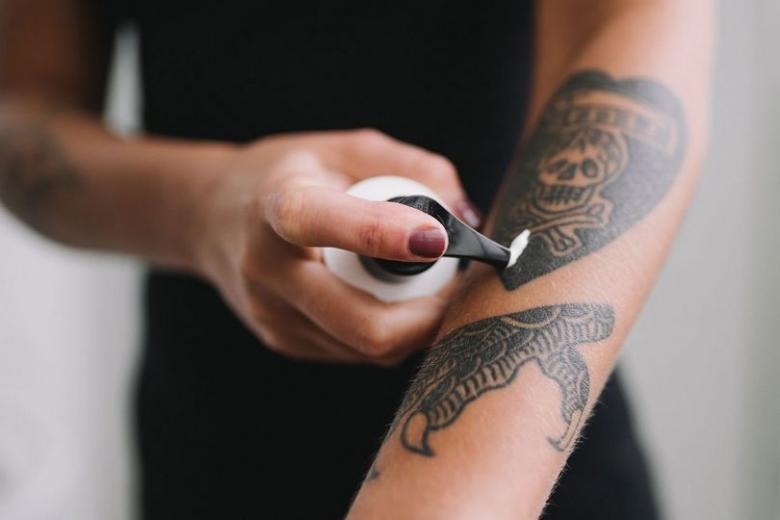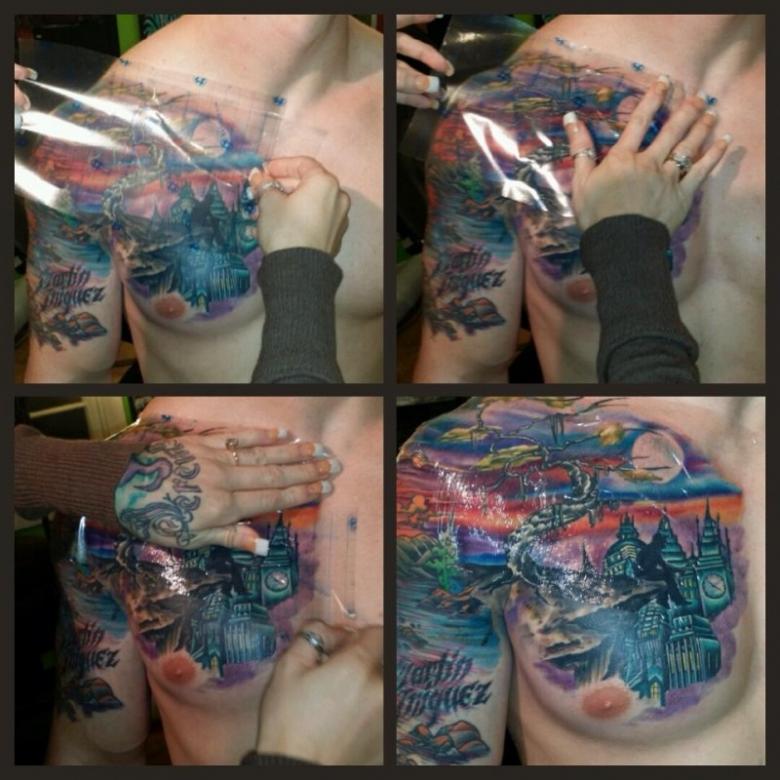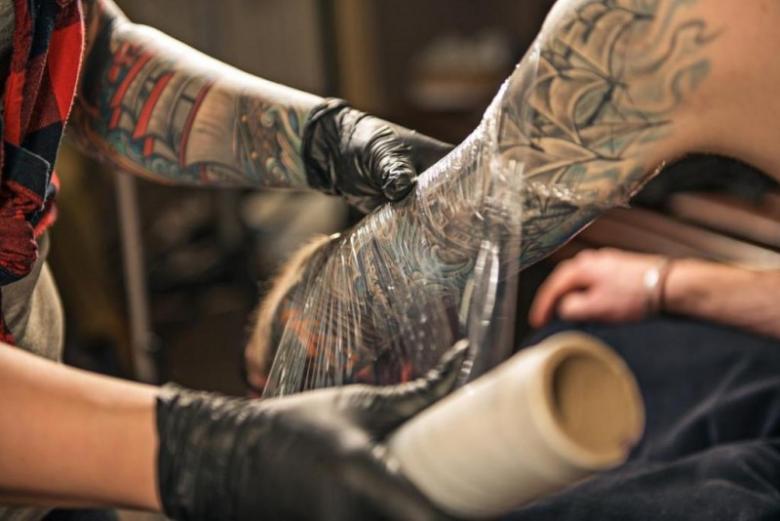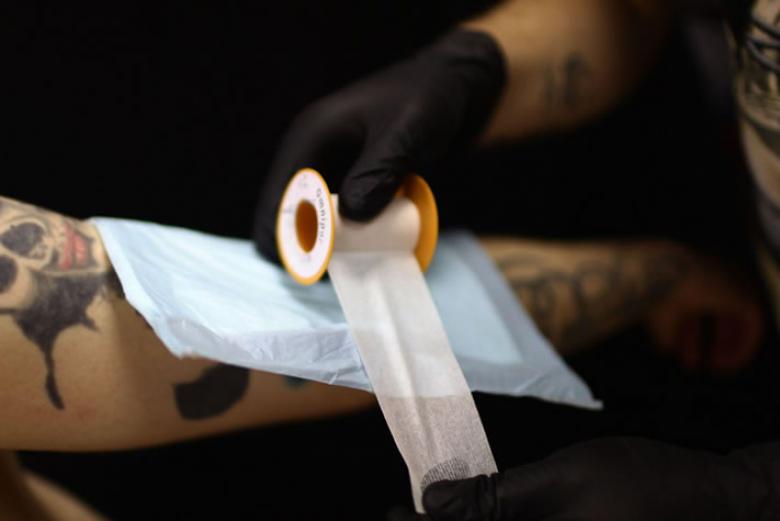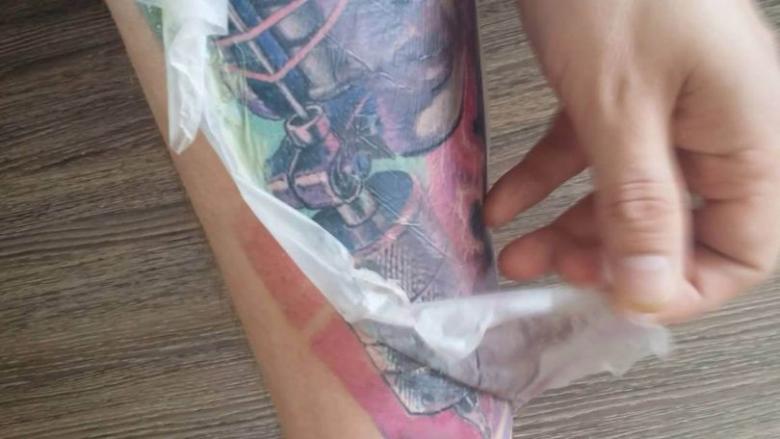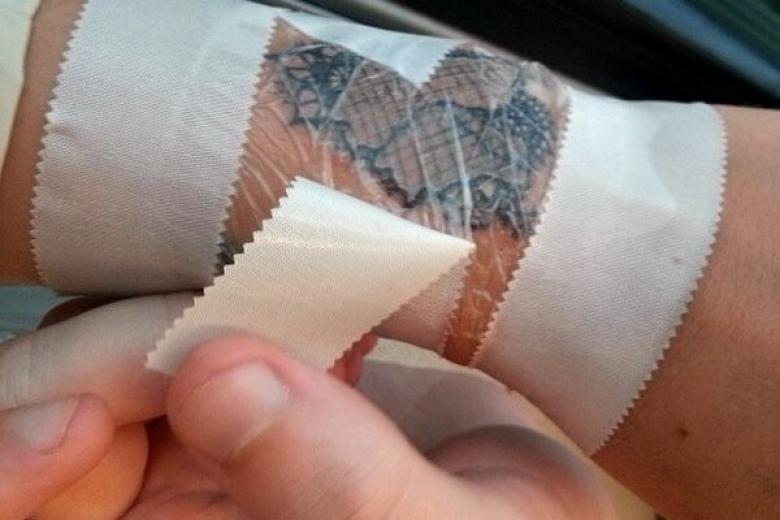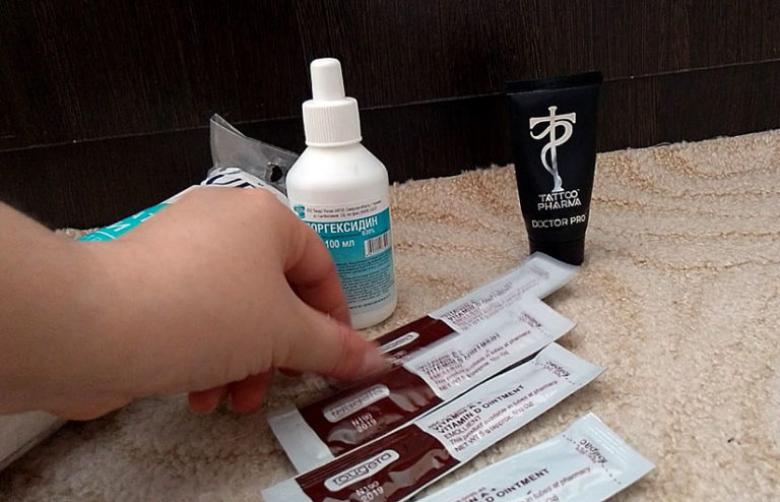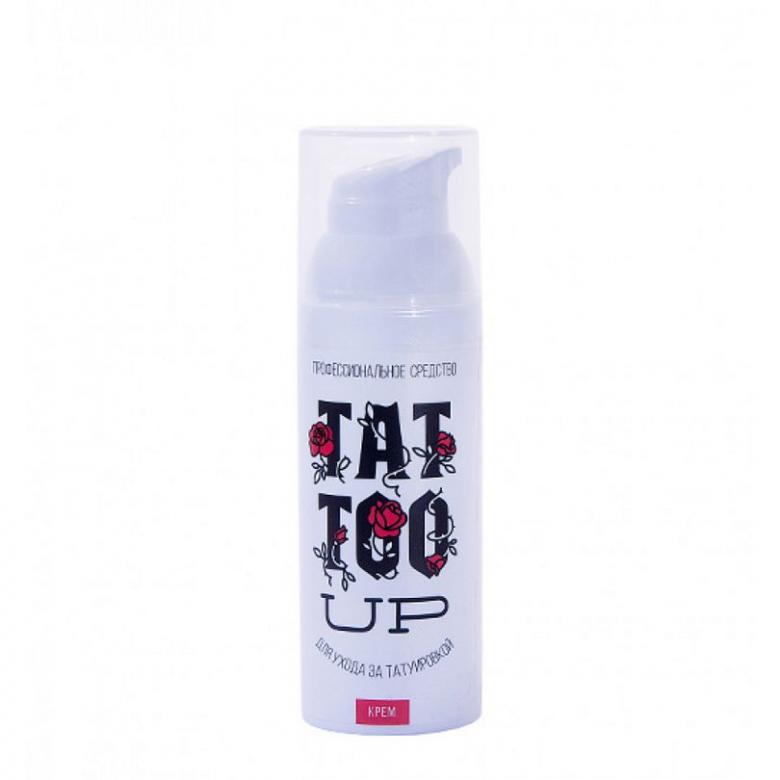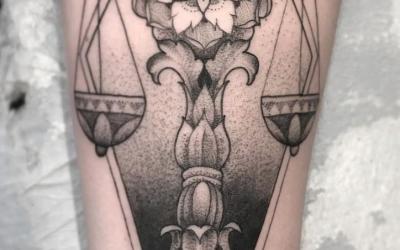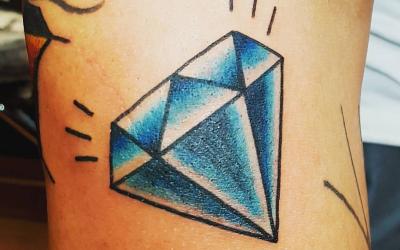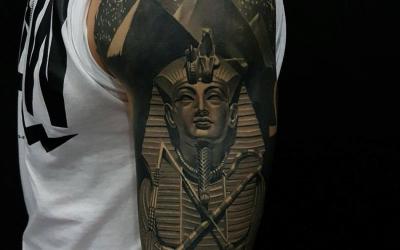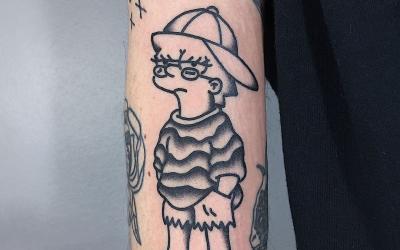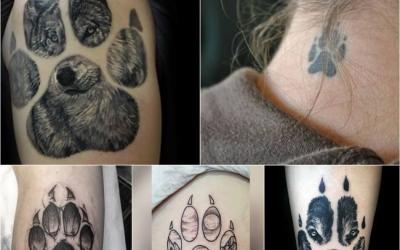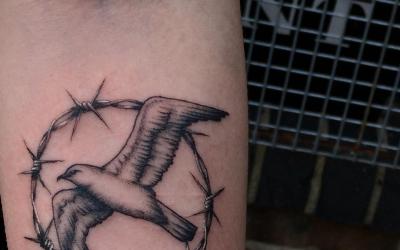How to take care of a tattoo - expert advice on caring for the tattoo immediately after application, in the first days, after recovery
The process of tattooing is quite traumatic, because the paint is hammered directly under the skin and it needs subsequent rehabilitation.To make the healing process simple and without unnecessary problems, it is necessary to follow certain rules of skin care and pay a lot of attention and time. You need to understand that in the absence of proper care, you can forget not only about a beautiful and clear tattoo, but also get serious health complications.
Tattoo healing - how long does the recovery period take?
The first tattoo is a new experience, so the rehabilitation period raises a lot of questions. There are no clear time limits in this matter, as everything depends on the structure of the particular skin and the overall immunity of the person.

In some cases, the injured area comes back to normal after a few days, in others the skin will need more than a month. In this case it is necessary to take into consideration the place of the tattoo: let us assume that the healing process takes more time on the ankle. In places where the skin is close to the bone, the healing will be slower and more difficult.
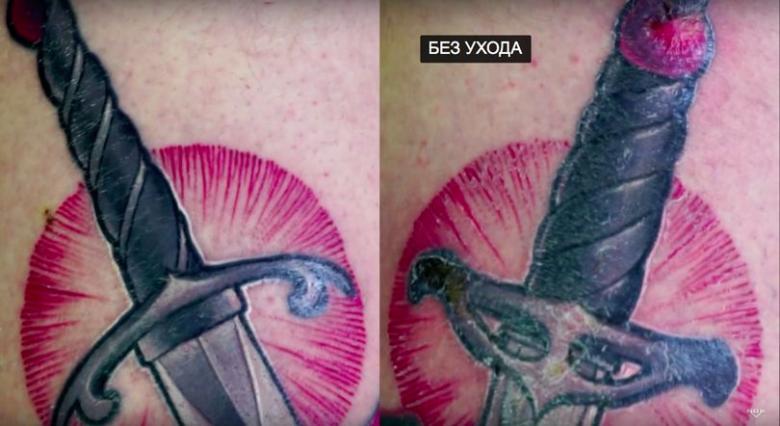
Experienced masters agree that on average it takes 6 weeks to fully recover, but in 14 days, the tattoo will get quite an acceptable appearance.

For a couple of days there will be a crust. This is due to the excretion of the bursa after the paint has been driven in. It may be itchy and flaky, but in no way should it be ripped off or combed. This recommendation requires special attention.
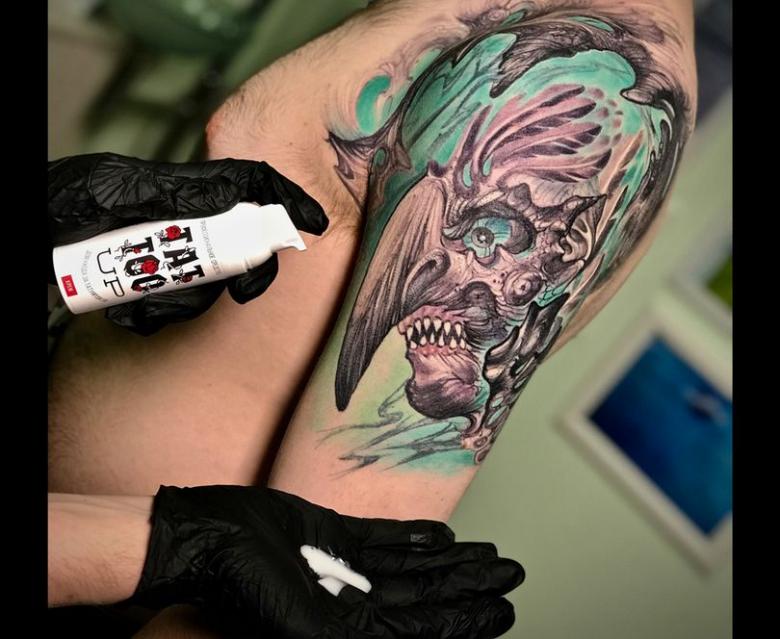
Proper care can help take away the discomfort. Usually, specific healing remedies are advised by the master on the basis of experience. This period just needs to be endured and gradually the crust will begin to descend on its own and after a week will disappear.The recovery period may be prolonged in the case of the need for correction.

The first steps on the way to skin recovery
As soon as the master finishes drawing - he will glue a special film (sometimes masters use a bandage or cloth diaper), which will perform a protective function. This method allows you to minimize the negative effects of the environment and to save the injured skin from the ingress of bacteria. Already at home, the client should follow the following recommendations:
- On the first day, remove the film after 2-5 hours, depending on how it feels (when using a cloth diaper, the waiting time increases to 12 hours), but do so with extreme caution;
- In the case of a bandage, replace it with a film when you get home and also withstand for 2-5 hours;
- Wash the drawing with warm water and liquid soap (it is desirable to choose the children's soap with a neutral composition) and carefully blotting movements to remove the moisture with a paper napkin;
- Wait when the tattoo dries up. At room temperature it takes about 10-20 minutes;
- Apply a thin layer of ointment (Bepanten or D-Panthenol), remove the remains with a napkin;
- Cover with a new film.
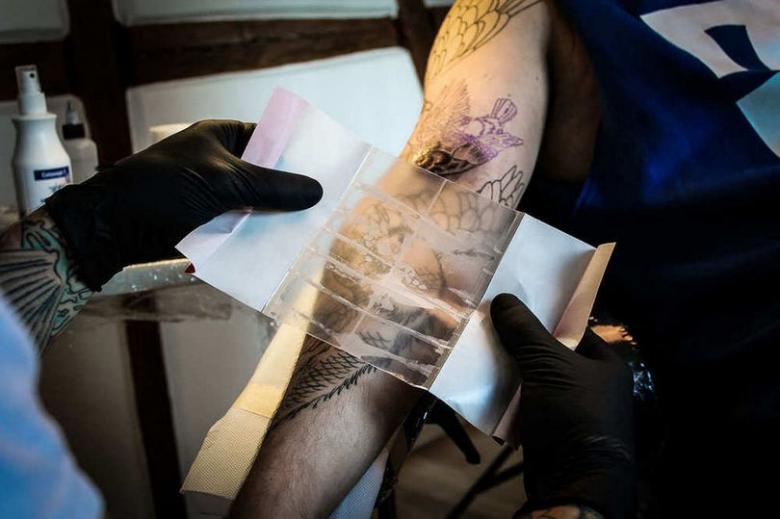
Such an algorithm is repeated for 3-5 times for two days. The number of procedures, as a rule, depends on the condition of the skin, but it is important not to allow the allocation of sukrasnitsa and, consequently, the formation of crusts. This negatively affects the quality of the figure and then the tattoo requires additional correction, which is a money expense and a long recovery period.

Mistaken actions in the care of a tattoo
Adhering to the advice of the masters is extremely important. Inattention and care of improper quality can easily lead to negative consequences and the beautiful tattoo has to be forgotten.
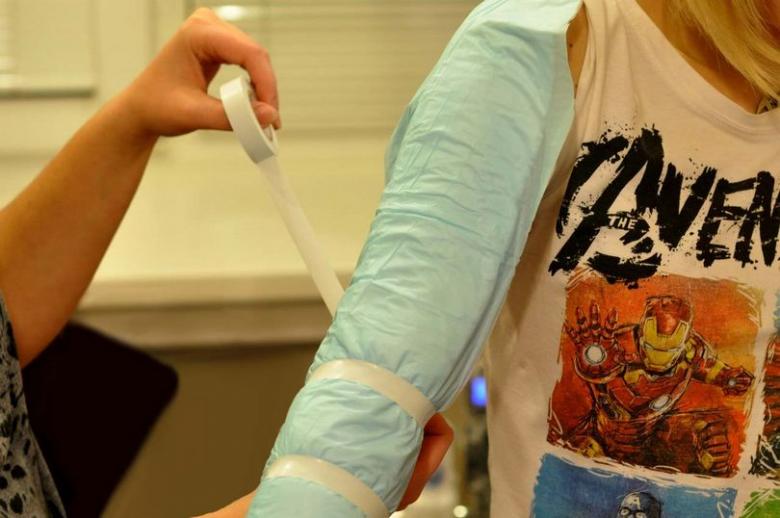
What is categorically forbidden:
- Alcoholic beverages - alcohol slows the regeneration of the skin, so it should be excluded for the period of recovery;
- Tanning - it is also important to refuse from the bright burning sun, in order to preserve the bright colors and clarity of the figure;
- Synthetic clothing - does not allow the skin to breathe and leads to allergic reactions;
- Sauna, sauna, tanning salon and trips to the pool are prohibited during the first week;
- Scratching and removing crusts;
- Use of a washcloth and towel in the first few days;
- Alcohol-based lotions and hydrogen peroxide;
- Vaseline and common creams to relieve itching and burning.
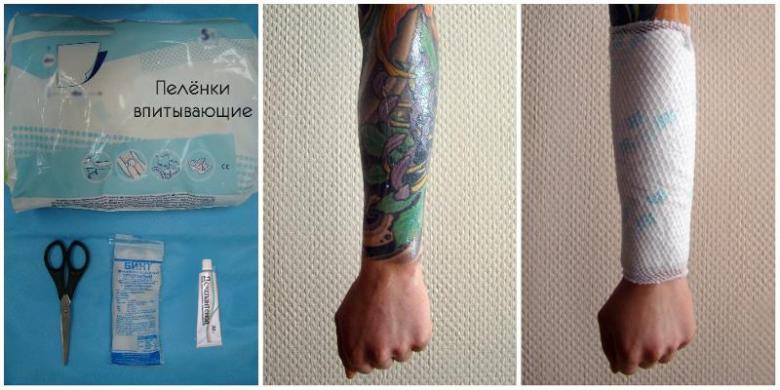
Proper care - easy skin healing and a beautiful tattoo
Recommendations from different experts about proper care do not vary greatly and include the following tips:
- Clean and dry. The film will protect against the ingress of pathogenic germs, but showering should be taken with extreme caution. Bathing and the use of aggressive cosmetics will have to be completely excluded. During the first month, the tattoo must be properly protected from getting very wet;
- Shaving should be performed with caution. At 10-30 days do not carry out procedures shugaring, with caution engage in sports and swimming, depending on the location of the tattoo;
- It is important to avoid clothing that rubs on the skin, although in such cases a film may help;
- Protect your tattoo from the direct sunlight and use sunscreens with SPF of at least 50. You should understand that tanning is dangerous not only in the period of healing when the image is "fresh" but also after the full recovery of the skin as the colors simply burn out in the sun;
- Itching and burning will accompany the owner of the tattoo for two weeks, but you can not scratch the skin. When it becomes impossible to endure, you can simply put your hand on the itchy spot and easily move it to the side and back. This will slightly alleviate the condition;
- After two weeks, the redness should go away, and the itching and burning should go away. If it does not get easier and the situation worsens, it is better to ask the master for advice.

After about 6 weeks there is another appointment with the master, where he will evaluate the state of the tattoo. Perhaps a correction will be needed to cover the gaps and update the color.

Tattoo care after recovery
The tattoo will have to be cared for throughout life to keep the colors bright and the outline clear. Of the basics, the following rules of proper care can be noted:
- Drawing will always enjoy the beauty, if in the summer time to use sunscreens, and in everyday life to moisturize the skin with body creams;
- Fast weight gain and sudden weight loss threatens to distort the drawing.
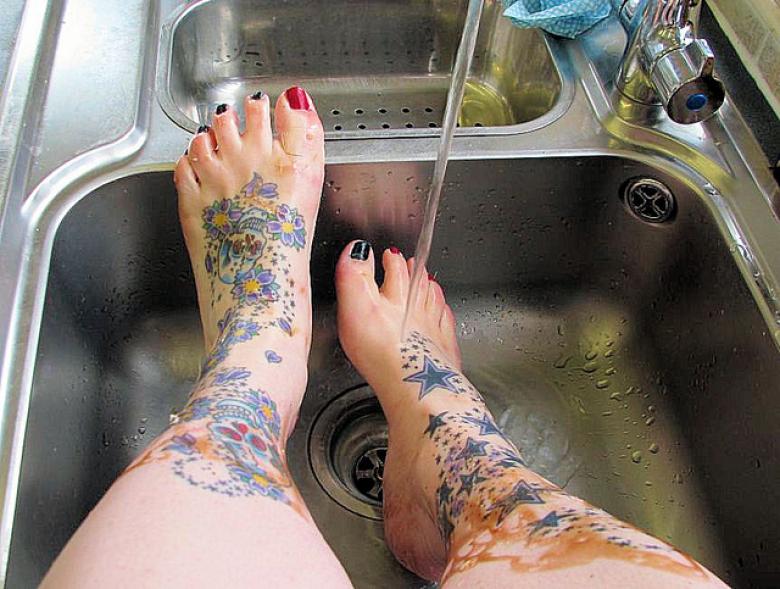
The tattoo does not heal - causes for concern
In most cases, the skin recovers within a month, but there are sad exceptions. Improper care and individual characteristics of the body become causes of inflammation. A non-healing tattoo with blood oozing, itching and burning should be a cause for immediate concern. What to do in such situation?
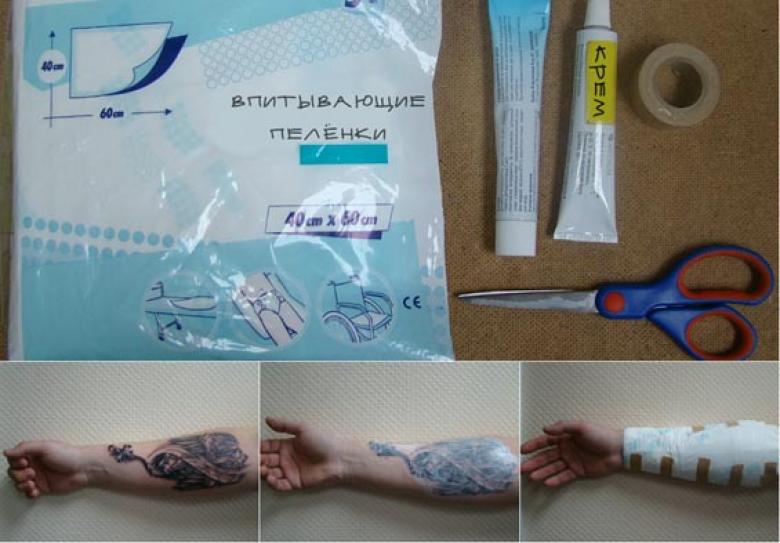
To begin with, you should go to a master for a consultation to get advice from a specialist, but sometimes you can't get an appointment on the same day when the problem is detected and then you have to deal with unpleasant symptoms on your own.
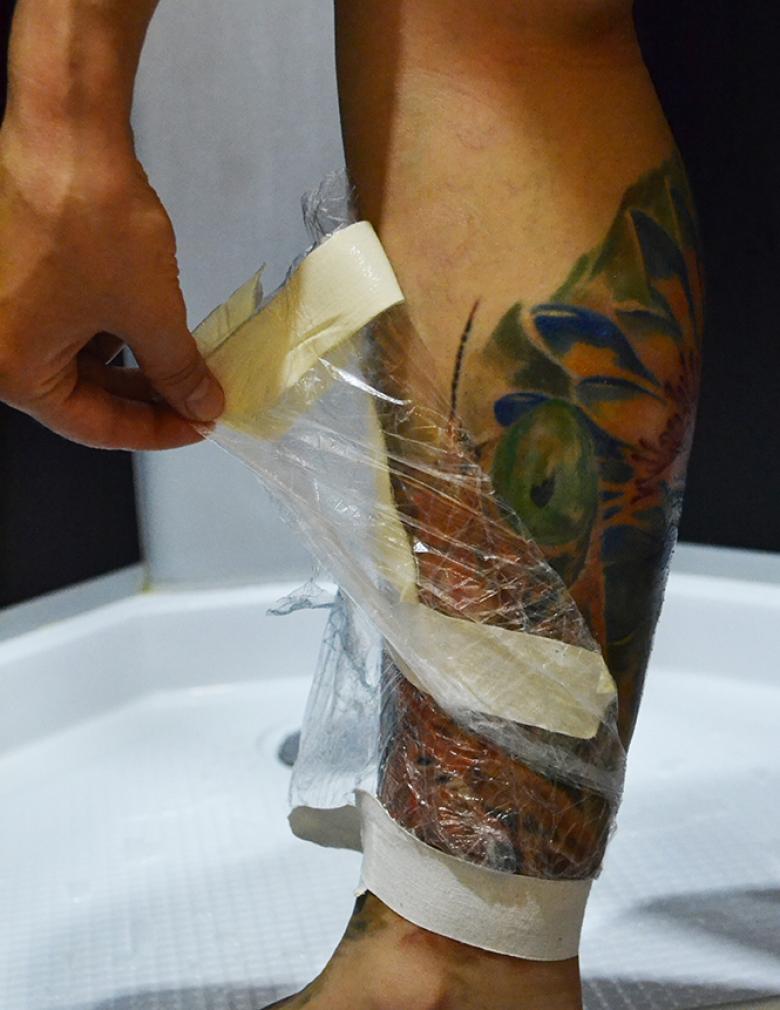
- The skin needs to breathe, so it is important to avoid tight-fitting clothing;
- Regular treatment of the inflamed area is required. Chlorhexidine is excellent for this, in which you need to moisten a cotton disk and gently blot the tattoo (3-4 times a day);
- Apply a healing ointment (Bepanten, Etonium, Levomekol) in a thin layer;
- Continue such manipulations until the skin heals.

How to understand that the recovery process is over?
Among the main signs are the following:
- Absence of swelling, redness, peeling;
- Crusts have descended;
- Drawing is clearly visible and satisfactory in appearance.
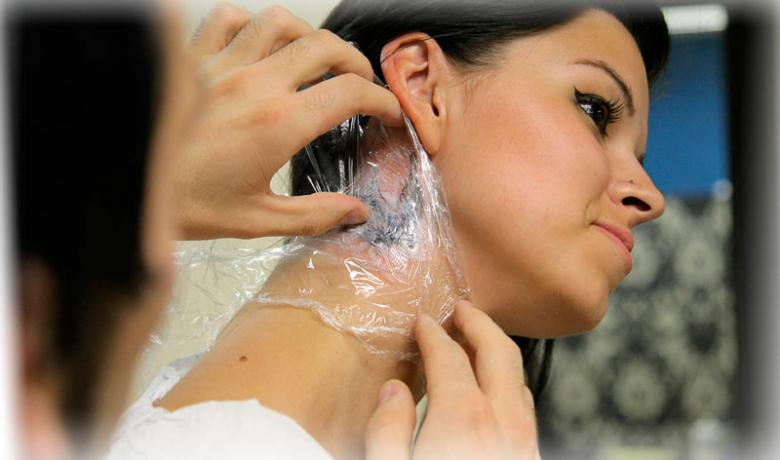
If the condition has improved, the tattoo is completely satisfactory and there is no discomfort, then you can relax and admire the chosen design, as the most unpleasant and difficult periods are passed.


